3 Ways To Show Yourself Some Love This Valentine’s Day

Romantic candlelit dinners with that special someone, heart shape boxes of chocolates from a secret admirer, mailing red and pink envelopes to loved ones…seems to us that Valentine’s Day is all about showing others we care, but what about ourselves?
We thought it high time that in addition to all the romantic gestures we will do for others this February 14th, that we do some truly loving gestures for ourselves, too!
Here are 3 ways to show yourself some love this Valentine’s Day:
1. Get yourself some flowers
Don’t wait for him or her to do it, when was the last time you bought yourself flowers? Research shows, that beyond the numerous health benefits of being in nature, bringing a little nature into the home has many of the same effects. A study by Kansas State University compared patients in the recovery wing of a hospital; those who had plants or flowers in their rooms, and those who did not. Patients in rooms with plants requested less pain medication, showed lower blood pressure and heart rate, experienced less anxiety, and were released from the hospital sooner. And, since most of us are in the middle of winter, that added vitality and pop of color inside may be just the ticket.

Related Article: 14 Ways To Pamper Yourself This Valentine’s Day
2. Spa treatment
At the day spa or in your own home and bathrobe, give yourself the deluxe treatment. Engage in a full-body dry-brushing. Draw a bath, and using your favorite relaxing essential oils (i.e. lavender, chamomile, rose), have a de-stress soak. Use pure oils to moisturize afterward, leaving yourself dewy and baby soft. Include a detox sauna, if you have access to one. Get or give yourself a facial / face massage. Get a full body massage or give yourself a hand and foot massage (elbows can be helpful here), spending some real-time on every part of your hardworking hand/foot. Besides offering release and relaxation, many spa treatments have numerous health benefits, including improving circulation, immune system function, and sleep quality, stimulating the lymphatic system, reducing depression and anxiety, and the benefits go on.
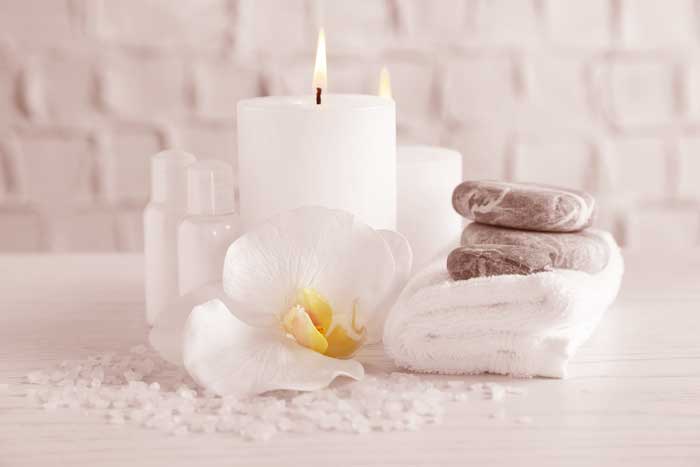
3. Do something you enjoy
This may seem like a simple one, but really, in the everyday scheme of things, when do we make the time for ourselves to do one of those things we really love that truly recharges our batteries? Schedule an appointment with yourself, and keep it like a real appointment, no interruptions (after all, your time is valuable), and have guilt-free you-time. A time for you to pick up that novel you’ve been dying to sink your teeth into, try that new yoga studio you’ve been meaning to get to, refurbish that beautiful old chair you bought last year, write poetry. Whatever it is you truly enjoy and will leave you feeling relaxed, and fulfilled.

With this inspiration, we hope that you feel the love from everyone around you, including yourself – maybe not just today, but year-round! Happy Valentine’s day, from all of us at Mountain Trek!
What is Mountain Trek?
Mountain Trek is the health reset you’ve been looking for. Our award-winning health retreat, immersed in the lush nature of British Columbia, will help you detox, unplug, recharge, and roll back years of stress and unhealthy habits. To learn more about the retreat, and how we can help you reset your health, please email us at info@mountaintrek.com or reach out below:

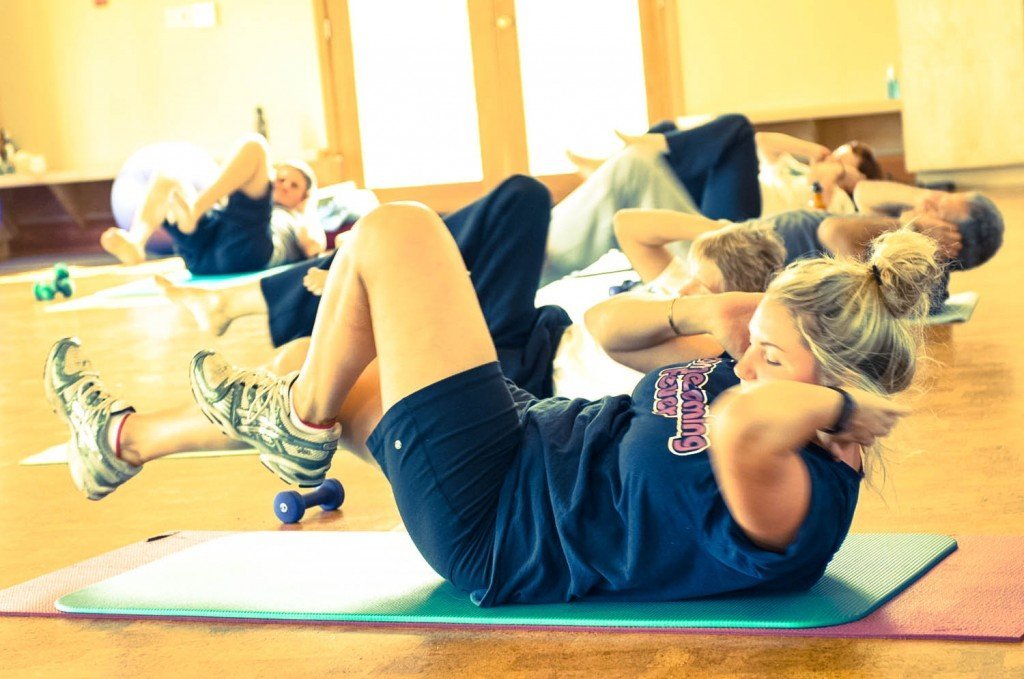 Trends, unlike fads, are cultural flows or tendencies. Fads pass and often with nothing more than surface style or quick money in mind.
Trends, unlike fads, are cultural flows or tendencies. Fads pass and often with nothing more than surface style or quick money in mind.
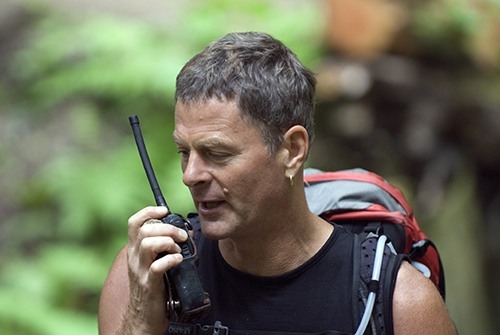 In this sixth installment of our Q&A series we bring you part two of our interview with Kirkland Shave, Mountain Trek’s intrepid Program Director, hiking guide, and esteemed lecturer. In our
In this sixth installment of our Q&A series we bring you part two of our interview with Kirkland Shave, Mountain Trek’s intrepid Program Director, hiking guide, and esteemed lecturer. In our 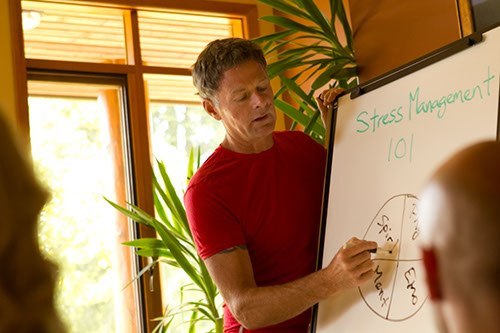
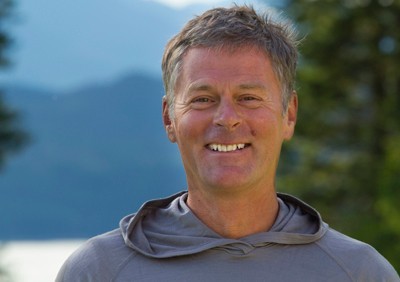 In the fifth instalment of our Q&A series we veer slightly from the path and, instead of interviewing a Mountain Trek guest, we thought we’d give you a peek behind the curtain and sit down for a chat with our very own Kirkland Shave.
In the fifth instalment of our Q&A series we veer slightly from the path and, instead of interviewing a Mountain Trek guest, we thought we’d give you a peek behind the curtain and sit down for a chat with our very own Kirkland Shave.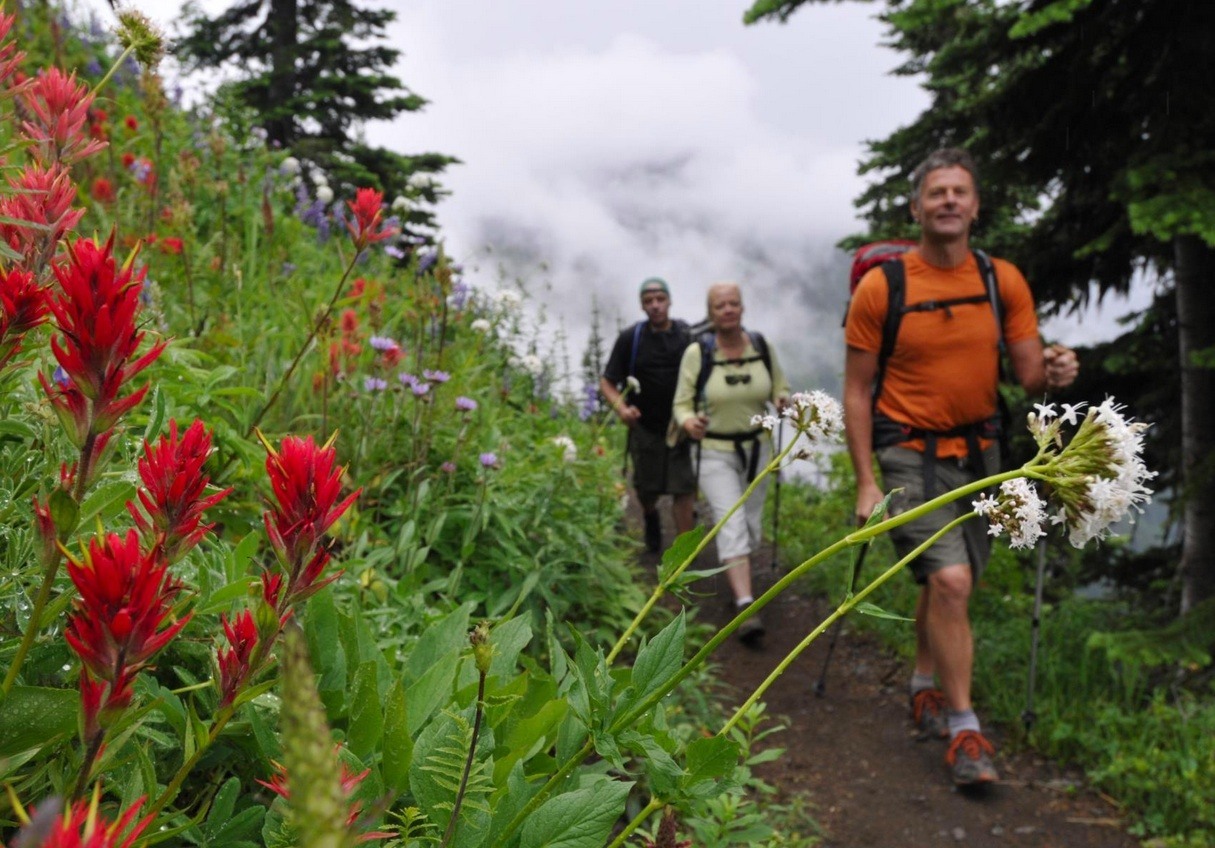
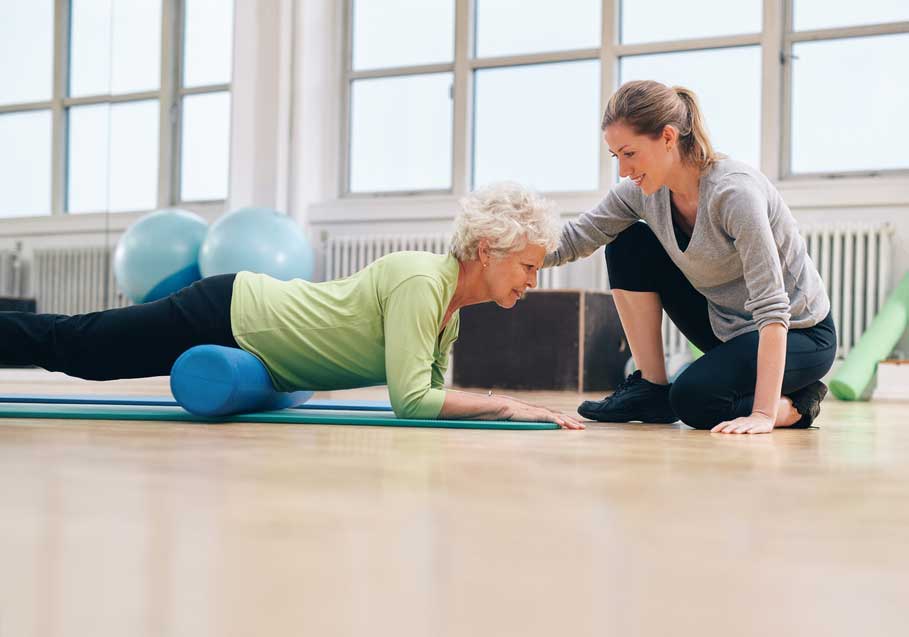
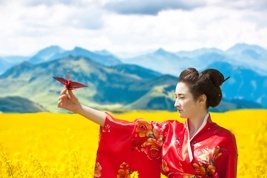

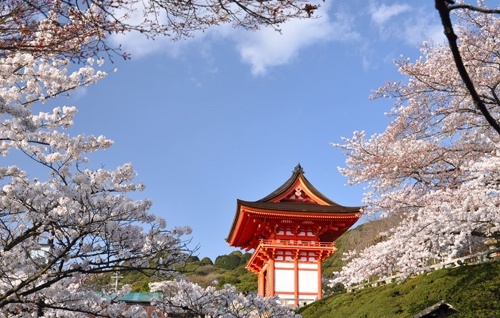
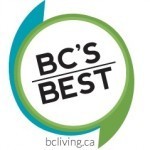 BC Living has just listed
BC Living has just listed 